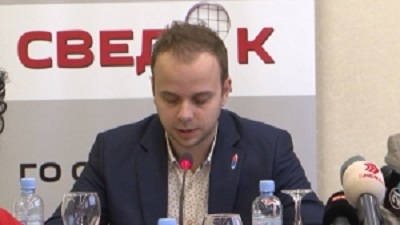
SKOPJE, 27.12.2017 – Courts undermine the transparency towards the public, and journalists reporting on court proceedings face more problems in their work – this is the conclusion of today’s debate “The public in criminal procedures”. The event was organized by the web portal “Witness” in cooperation with the Association of Journalists of Macedonia.
“In the last few years, there have been a number of examples that testify that journalists are being disabled to freely report on court proceedings. In addition, there have been absurd examples when judges prohibit the right of journalists from online media to be present at court hearings, although they are not different from journalists in traditional media,” said Dragan Sekulovski from AJM on today’s debate.
According to him, the criminal court abuses the right to decide which hearings can be recorded and which hearings can not be recorded for justified reasons.
The journalist, Sashe Dimovski, noted that the court archive is not available for journalists, and he added that courts in Skopje do not update the data on their web pages, like the courts from the interior of the country.
“Look at the shocking difference between the Skopje courts, which in one day probably makes about 500 decisions. In the period January-March 2017, the Basic Court Skopje 1 published 33 decisions on its website, the Basic Court Skopje 2 – 23 decisions, and, unlike them, the Basic Court in Bitola 456, the Court in Shtip 180 decisions, while the Basic Court in Strumica 365 decisions,” said Dimovski.
The Executive Director of the Coalition “All for Fair Trials,” Dobrinka Borisovska Gospodinova says that in Macedonia there is a trend of reverse proportionality and the more the trials are interesting to the public, the smaller their transparency is getting: “If in 2015 the public was excluded from five percent of the monitored procedures, in 2016 that was the case in 20 percent of the monitored procedures, while in 2017 it has already gone up to 30 percent.”
From the Directorate for Personal Data Protection, they informed that there is a misdemeanor procedure against several journalists who have published a photography of a convicted person, but without his permission. The Directorate estimates that since it is a final judgment, it is sufficient for the public to be informed and there was no need to publish a photography of the convicted person.